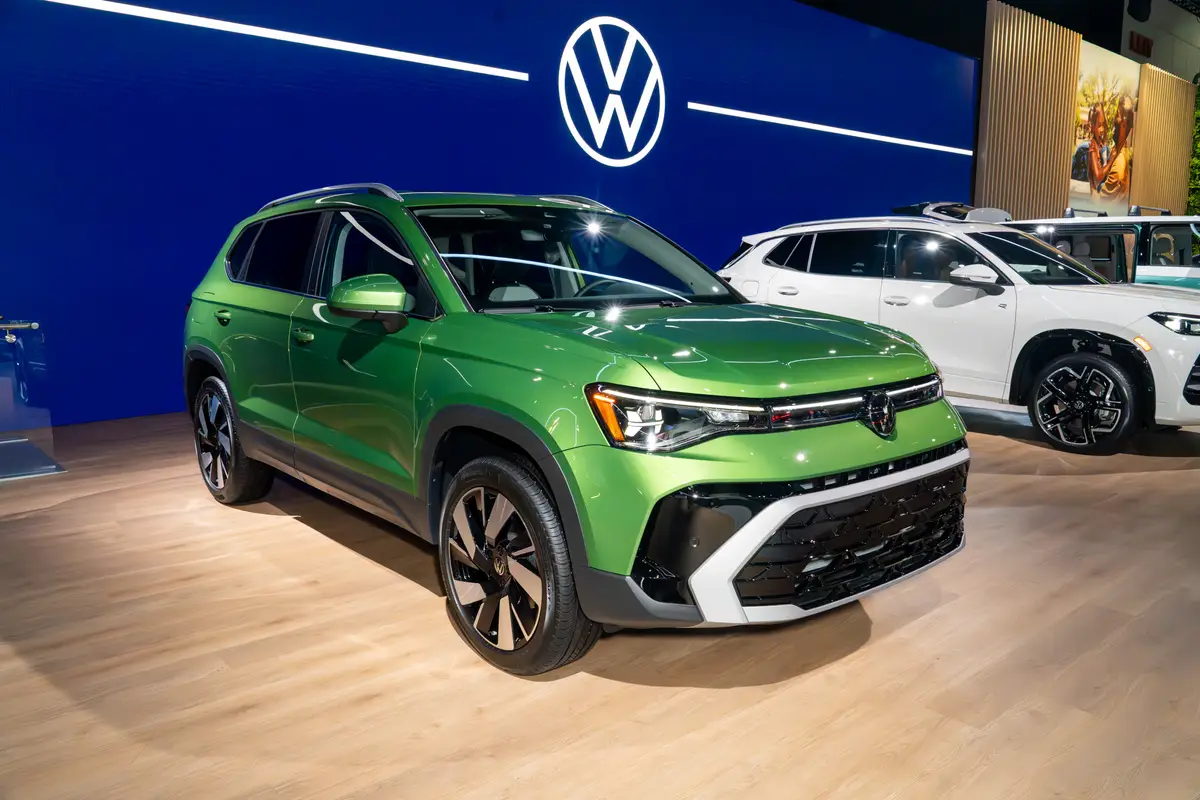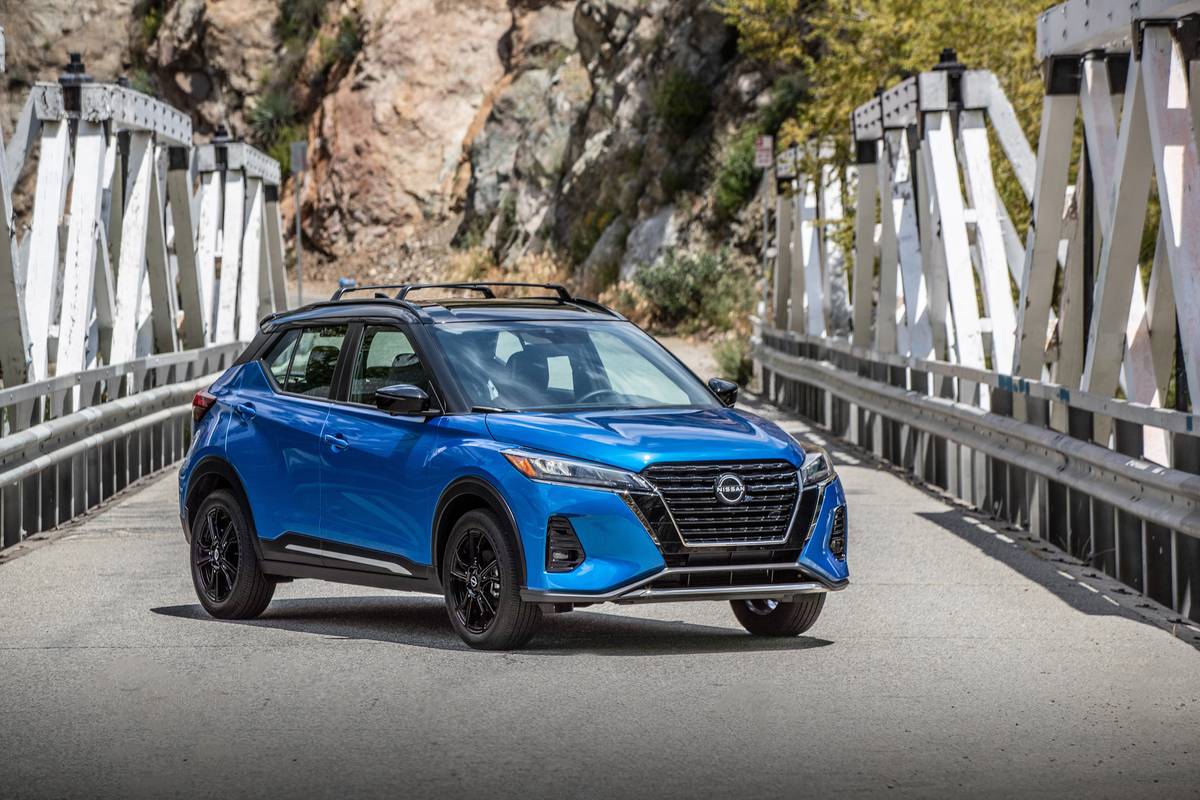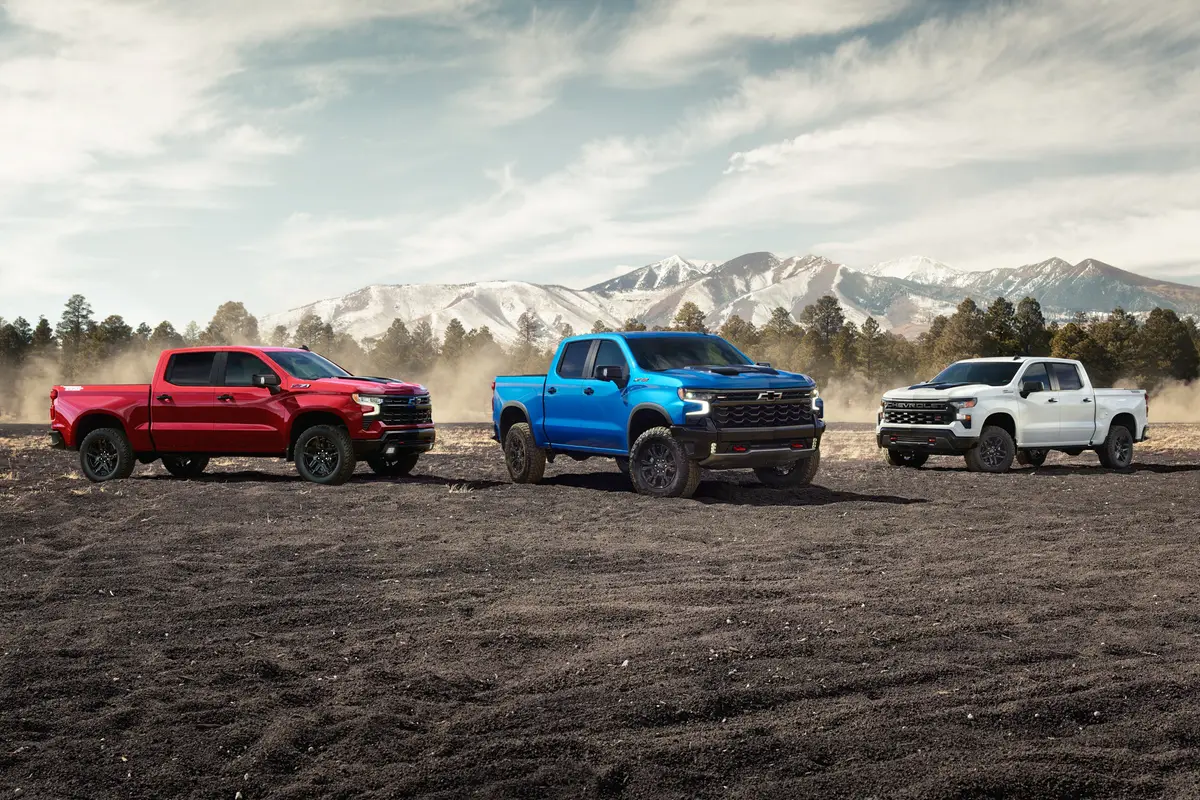How Proposed Tariffs on Canada and Mexico Could Make Your Next Car More Expensive


Editor’s note: The latest information on tariffs on all imported vehicles can be found here.
Between high interest rates and high sticker prices, affordability remains one of the biggest challenges for new-car shoppers, and another factor has the potential to raise prices more soon: tariffs. Shortly after taking office Monday, President Donald Trump announced plans to institute a 25% tariff on Canadian and Mexican goods Feb. 1.
Related: Proposed Tariffs on Mexican, Canadian and Chinese Goods Could Affect These Cars the Most
The automotive industry is a highly international one, and car companies building vehicles for the North American market have heavily invested in facilities across Canada, Mexico and the U.S. to produce these cars. The U.S. imported $151 billion in vehicle and vehicle parts from Mexico as well as $34 billion in vehicles from Canada in 2024 through November, per U.S. Department of Commerce data cited by CNN.
These tariffs would be taxes on imported goods that are ultimately paid by whomever is importing them. A 25% tariff means that 25% of the cost of the item has to be paid to Customs and Border Protection agents at its port of entry, adding a steep additional cost for automotive companies and their suppliers producing goods in the affected countries. While these tariffs aren’t directly paid by consumers, they have the potential to shake up companies’ pricing, product availability and supply chains.
Here’s everything we know so far about how these tariffs could affect the search for your next car.

Trump’s Announcement Explained
While Trump previously announced that he would implement tariffs on Mexico, Canada and China on “Day 1” of his presidency, such a tariff was not among the numerous executive orders he signed upon assuming office. Instead, he announced plans to institute new tariffs on Canada and Mexico Feb. 1.
While tariffs are often used to encourage companies to produce more goods domestically, Trump cited border security — specifically when it comes to immigration and illegal drugs — as his main impetus for these increases.
“We’re thinking in terms of 25% on Mexico and Canada because they’re allowing vast numbers of people,” Trump told reporters at the White House Monday, as quoted by Bloomberg. “I think we’ll do it Feb. 1.”
This move goes against the terms of the U.S.-Mexico-Canada Agreement on trade that Trump negotiated during his first term in office, and Canada and Mexico have both said they would implement retaliatory measures against U.S. goods if this goes through, Bloomberg reported. Under the U.S.-Mexico-Canada Agreement, passenger vehicles and light trucks that meet certain criteria regarding North American labor and a high amount of content from North America even qualified for zero-tariff entry into the U.S.; this would be gone if overridden by a 25% blanket tariff on all goods.
China isn’t completely out of the woods on tariffs, though, as Bloomberg reported Trump ordered his administration to investigate the country’s trade relationship with China.

How Tariffs Could Affect What You Buy
We’ve previously covered the U.S.-market cars assembled in Canada and Mexico here using data from Cars.com’s annual American-Made Index, as these are the most vulnerable to a new 25% tariff. However, it isn’t just whole cars that are subject to the tariff: Numerous automotive components, from airbags and seat belts made by Autoliv to Michelin tires, are made in Mexico for U.S.-market cars, per Automotive News. These, too, will become more expensive for companies to import.
The problem is automotive companies are unlikely to absorb the full cost of a steep 25% tariff, and their other options as to what to do often end up affecting consumers. The additional cost could be passed along to consumers in the form of higher prices for vehicles and spare parts. Analysts at Wolfe Research estimate that average new-car prices could go up by $3,000, Bloomberg reports, at a time when the average new-car list price on Cars.com in 2024 was $49,175.
They could also simply discontinue certain models if they decide the cost isn’t worth it. That’s a less likely option for high-margin vehicles that can be optioned to the nines (like the GMC Sierra and Chevrolet Silverado pickup trucks that are partly made in Mexico), but there are quite a few affordable cars (e.g., the Nissan Kicks and Volkswagen Jetta) that are also assembled there.
VW is particularly vulnerable, as its Puebla, Mexico, facility that produces the Taos, Jetta and Tiguan for the U.S. market is one of the biggest VW production facilities in the world. Analysts from Stifel estimate that approximately 65% of the automaker’s U.S.-market cars would no longer be competitive if these tariffs were implemented, reports Automotive News.
The third option — and one that tariff proponents often root for — is that companies will simply shift their production to the U.S. to avoid paying import tariffs. However, Peterson Institute for International Economics Senior Fellow Mary Lovely explained to CNN that this is highly unlikely, at least in the short term. Automakers have made heavy investments outside the U.S. to take advantage of lower-wage labor there, and it costs a lot of money to shift supply chains and massive automotive facilities around. Companies who rely on that lower-wage labor would end up paying more somehow unless they made other cuts, either in labor if they shift production to the U.S. or in tariffs if they choose to stay.

Higher Tariffs Could Hurt Shoppers Who Buy U.S.-Made Cars, Too
Even if you bought a car made in the U.S., you could still feel the downstream effects of increased tariffs. Per Bloomberg, some investors are already betting on increased tariffs to raise inflation. That’s a big problem for car shoppers regardless of which vehicle they’re shopping for, as the Federal Reserve often uses higher interest rates to try and curb inflation. The theory behind that is, making credit harder to acquire serves as a brake on consumer spending, and the less consumers have to spend, the less incentive there is for companies to charge more for goods.
While the Fed cut its rate — which sets the amount banks charge each other to lend — in December, interest rates that banks charge consumers for credit have yet to catch up with those cuts. As we’ve noted in our previous coverage, it can take several incremental rate cuts for consumers to see lower interest rates.
Car prices aren’t falling quickly enough to make up the difference, either: The average new-car list price at the end of 2024 on Cars.com was still 29% higher than it was in 2019. In other words, if you’re priced out of the new vehicle you want now, it might stay that way if such steep tariffs are implemented.
More From Cars.com:
- High Interest Rates, Fewer Used Cars Make Affordability the Toughest Challenge of 2025
- Thinking About Getting an EV Before the Tax Credit Changes?
- How New Chinese Tariffs Could Affect Your Next Car
- 2024 Cars.com American-Made Index: What About the Least American Cars?
- 2024 Cars.com American-Made Index: Which Cars Are the Most American?
Related Video:
Cars.com’s Editorial department is your source for automotive news and reviews. In line with Cars.com’s long-standing ethics policy, editors and reviewers don’t accept gifts or free trips from automakers. The Editorial department is independent of Cars.com’s advertising, sales and sponsored content departments.

Former News Editor Stef Schrader joined Cars.com in 2024 but began her career in automotive journalism in 2013. She currently has a Porsche 944 and Volkswagen 411 that are racecars and a Mitsubishi Lancer GTS that isn’t a racecar (but sometimes goes on track anyway). Ask her about Fisher-Price Puffalumps.
Featured stories

15-Year Car Loans Aren’t a Thing, But Americans Are Getting More Comfortable With Long Loan Terms

2025 Kia Telluride Review: Rougher Roads Ahead



